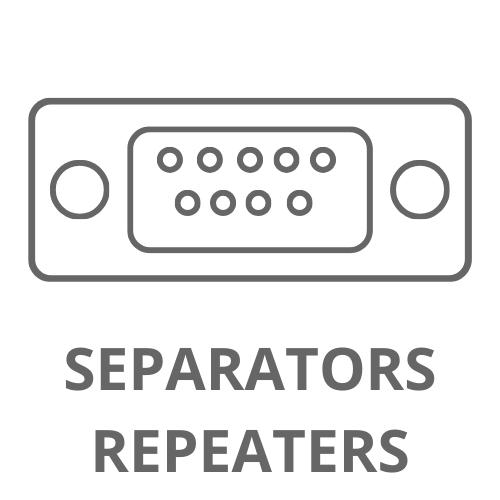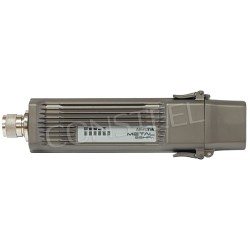CCTV installation diagram

CCTV is an abbreviation for Closed-Circuit Television , i.e. industrial television. It is a video monitoring system that consists of cameras placed in various locations and devices used to monitor and record image and sound as well as transmit data from these cameras. The main feature of CCTV is that the image from the cameras is transmitted to monitors or video recorders in a closed area, i.e. it is not broadcast to the public, but is limited to use inside a given facility or area.
Industrial television installation diagram

A closed circuit television(CCTV) installation diagram usually includes several key elements that are needed to create a complete monitoring system. The basic elements of a CCTV installation diagram are:
Surveillance cameras: CCTV cameras are the main elements of the monitoring system. They are placed in strategic locations to capture video and audio in areas that require surveillance. Cameras can be mounted on walls, ceilings, masts or special columns. They can also be fixed or movable, depending on your needs.
Camera Cables: Camera cables are used to transmit the video signal and power from cameras to a central monitoring point or video recorder. These are usually coaxial or shielded twisted pair cables that ensure a stable connection.
Video recorder (DVR/ NVR: A video recorder is a device that is used to record and store image and sound from cameras. There are two main types of video recorders: DVR (Digital Video Recorder) and NVR (Network Video Recorder). DVR supports analog cameras while NVR supports IP network cameras. Recorders may have different hard drive capacities depending on the amount of data they are to store.
Monitor or monitoring system: A monitor or monitoring system is used to display live camera images. The monitor can be connected directly to a video recorder or can be part of a more advanced monitoring system that includes multi-channel viewing from multiple cameras simultaneously.
Power: Cameras can be powered from the mains using power supplies or can use PoE (Power over Ethernet) power, which is supplied via an Ethernet network cable.
Computer network: In the case of systems based on IP cameras, it is necessary to connect the cameras to a computer network to enable data transmission. For this purpose, a network switch is used that allows you to connect many cameras to one network, it may be a switch with the PoE function, which will also supply power to the cameras via a network cable.
Remote access: SomeCCTVsystems offer remote access capabilities, which means users can monitor live camera feeds or view recordings from anywhere via a computer or mobile device using a mobile app or monitoring software.
Alarm systems and motion detectors: Some CCTV systems sare integrated with alarm systems or motion detectors that can activate recording or notify staff when unusual activity is detected.
Of course, specificinstallation scheme CCTVmay vary depending on the needs and requirements of a specific installation. However, the above elements constitute the basis of most industrial monitoring systems. When creating a CCTV installation system, it is worth paying attention to the functions and features of the individual elements and devices used. CCTV is not only a system operating inside heated buildings, but also outdoors or in production halls with large temperature fluctuations, high humidity or dust. Therefore, in the CCTV installation diagram, in its basic elements, it is worth paying attention to their quality and environmental and transmission capabilities. You can find more about the features of devices used in CCTV systems here - How does the CCTV system work.
















































